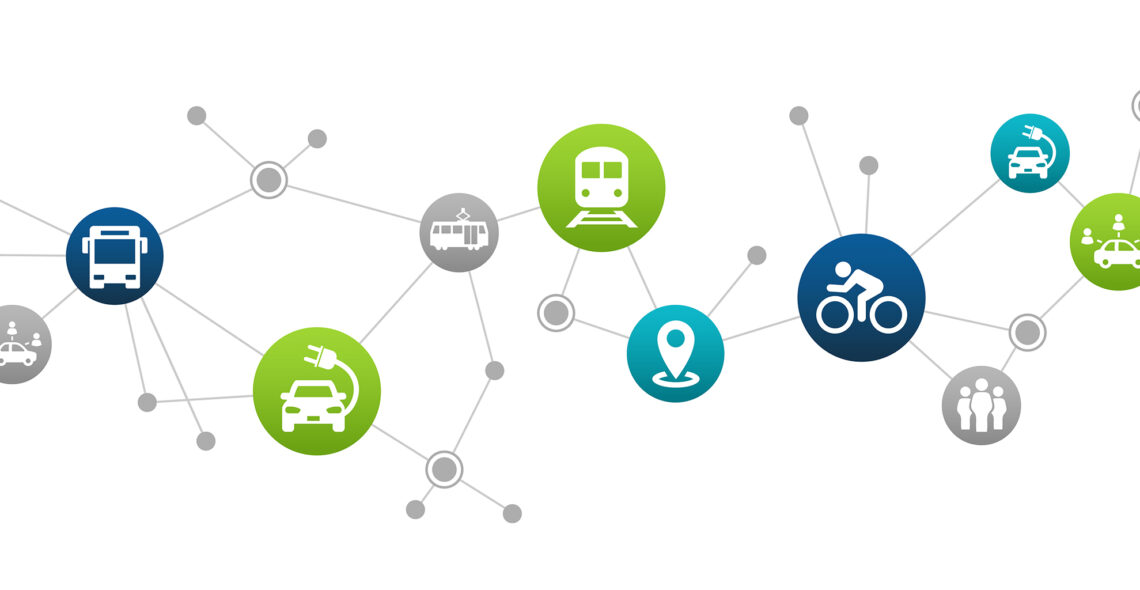We spoke to Adam Wears, Senior Content Specialist at Juniper Research.
When questioned about the purpose of smart cities, there was a resounding response: they help to mitigate human impact by addressing environmental issues. But how do they achieve this? There are two clearly identified routes in the transport sector; through the collection of key data and analytics, or by reducing our carbon footprints.
In line with this, sustainability will also sit at the heart of most smart city plans, whether this comes in the form of transport, energy use or environmental monitoring. And while there are some fundamental infrastructure challenges to overcome, the potential of green transport in smart cities is undeniable.
Follow the green brick road
Autonomous vehicles steal all the headlines when it comes to the future of transport, whether it’s driverless buses in China or Apple entering the driverless car market. But that really is just the tip of the iceberg. Adam Wears, Research Analyst at Juniper Research believes: “It really comes down to mass transport and smart traffic management. They are aligned to the same goal, which is to reduce congestion and reduce emissions, but they do this in two similar, but distinct ways.
He continues, “In terms of mass transport it's about making cities’ transport networks work more efficiently. This not only reduces the number of commuters in cars, but links transport up so that you don't need to drive. It gets people moving on more sustainable environmentally friendly forms of public transport. It's about making these transports methods synchronise in such a way that cars are required less.
“Traffic management systems work in a different way. They cause traffic signals to respond to real-time conditions to enable a smoother flow. A benefit of this is reducing the number of times cars stop during a journey. You don't want a car idling for minutes at a time: this produces massive amounts of carbon emissions unnecessarily.”
Of course, to understand demand, you need data, huge amounts of data.
Wears continues: “Systems such as mass smart traffic management rely on data to educate us on things like supply and demand, traffic times and peak times. They need all this data to function. We find that the cities that are best at tackling this challenge are the cities that have implemented open data.”
But to carry these extensive levels of data, cities need robust, low-latency networks, running throughout them. That’s where network providers come in. Over the last few years, they’ve been investing heavily in fibre builds in cities across the UK to be able to support this move to a more digital future.
Planning for a new era in transport
If people are to use new modes of transport – or at least fewer cars – in smart cities, it follows that transport planning on the ground will also to change.
Wears outlines some of the possibilities: “If you deploy mass transport successfully and you reduce the number of cars operating in cities, eventually you’re going to end up with a surplus of car parking facilities. The bigger question therefore would be, how can we better use those spaces to aid things like public transport?”
“It's the same with street furniture. When you're walking down the street, you might see more e-scooter and e-bike stands. These are everywhere in London. The hope is that eventually, as these initiatives roll out, you're going to see more street furniture that is designed to support a sustainable future.”
There is also constant innovation happening around roads themselves. In the future, roads will be able to charge vehicles or do the opposite and generate energy from cars moving over them. Other possibilities include roads which warn of accidents, weigh goods vehicles and automatically issue speeding fines when they detect offences.
Of course, all these innovations are underpinned by the transmission of data, likely supported by 5G networks requiring stable core connectivity. Investing in solid digital infrastructure can pave the way for some truly fascinating smart city applications in transport.
The roadblocks
Of course, upgrading something as fundamental as a whole city’s core connectivity requires significant investment. But as Wears points out, there are all kinds of reasons why cities have to do this, going far beyond transport.
“It's not just about focusing on mobility, but bringing in all the diverse areas of the smart city, from things like smart grid, to smart lighting, to smart mobility and smart traffic management. It’s a real holistic process that must be built from the bottom up, with core connectivity infrastructure as the foundations of any smart city.
Changing minds
However, before any ground is broken on digital infrastructure investments, both stakeholders and citizens will need to be convinced of the way forward for transport.
Wears says: “It's going to require a complete mindset change. Even at the city level, it's going to be about how we get these agreements in place. How do we get transport operators on board with these initiatives? Because these systems need to work for every stakeholder in the process.”
“Eventually, we will have to conclude that any inconvenience is worth it, that it’s a price we have to pay to improve the planet, to improve our cities, to improve the direct health consequences of congestion and emissions on people.”
Neos Networks has helped a number of cities to become truly smart, supporting local authorities across the nation including Oxfordshire, Aberdeenshire and Perth and Kinross councils.






